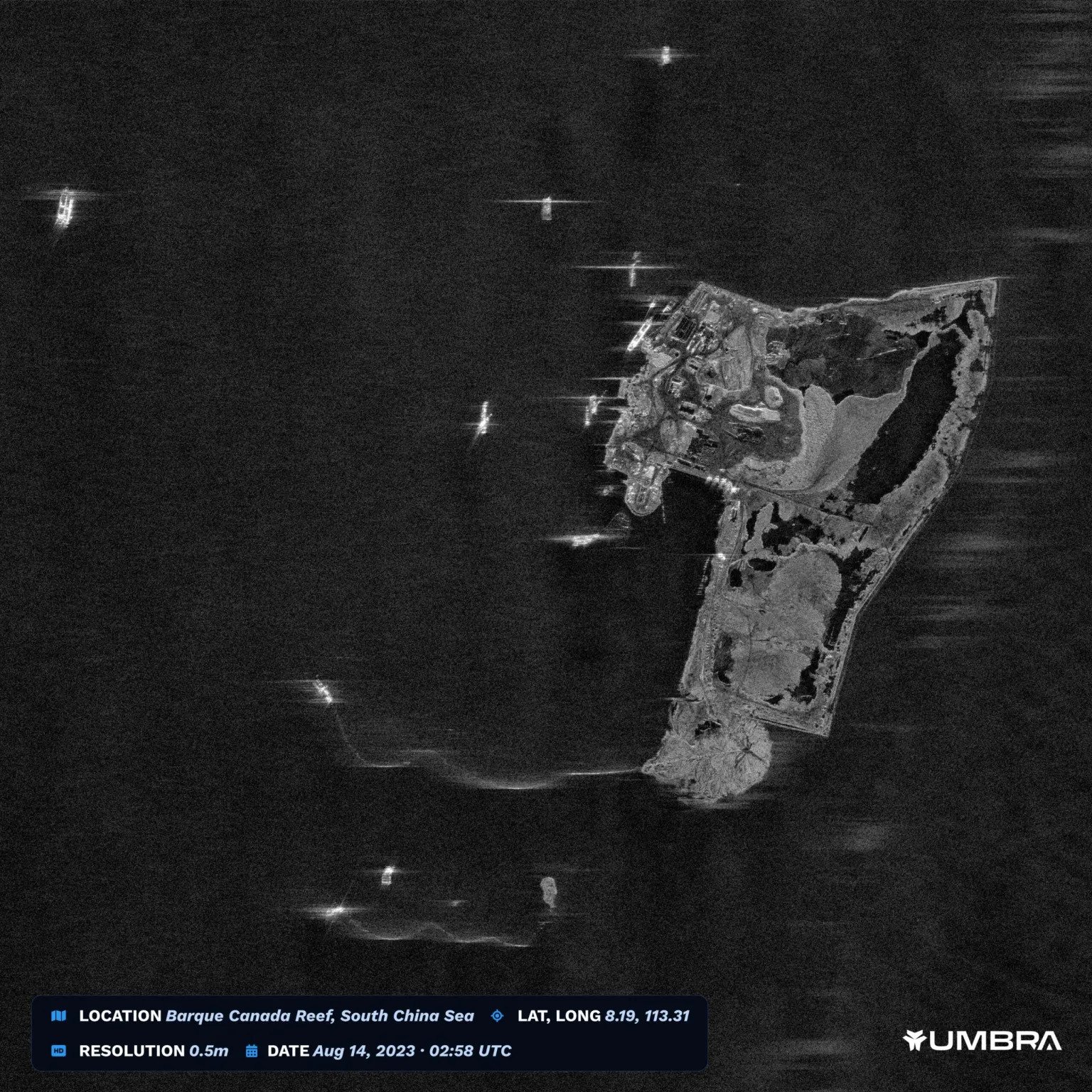Canadian satellite data provider SkyWatch offers a new service. Now each client can get an image of the Earth’s surface simultaneously in the optical range and using a synthesized aperture radar.

New service from SkyWatch
SkyWatch, which is based in Ontario, Canada, is a well-known provider of satellite images and geospatial data based on them. It provides information to its clients using the EarthCache service, where commercial satellite images can always be found.
It recently announced the launch of a new service. Now each client can order a satellite image of a certain area of the surface in the optical range, and then supplement it with an image obtained using a spacecraft on which a synthesized aperture radar (SAR) is installed.
The images obtained with the help of SAR satellites do not differ in clarity. Often they get blurred. But, unlike the usual ones, you can get them not only at night, but also with solid clouds or rain. Therefore, together with images in the optical range, they provide the client with a unique opportunity to analyze the situation on the earth’s surface.
SkyWatch joined forces with Umbrella
Specialists in obtaining and analyzing geospatial data have been saying for a long time that these two methods are a good idea to combine. It was also reported about the development of such systems. But it seems that EarthCache will be the first to provide the finished product.
With all this, SkyWatch does not launch its own satellites. The grouping in orbit from which the company receives data has 400 spacecraft. However, it is “virtual”, since all the satellites have been launched by some other companies, and the Canadian company only receives data from them.
And now, in order to provide access to SAR satellites, the company has agreed to cooperate with Umbrella. This California startup is the operator of six similar spacecraft.
According to spacenews.com
Follow us on Twitter to get the most interesting space news in time
https://twitter.com/ust_magazine

